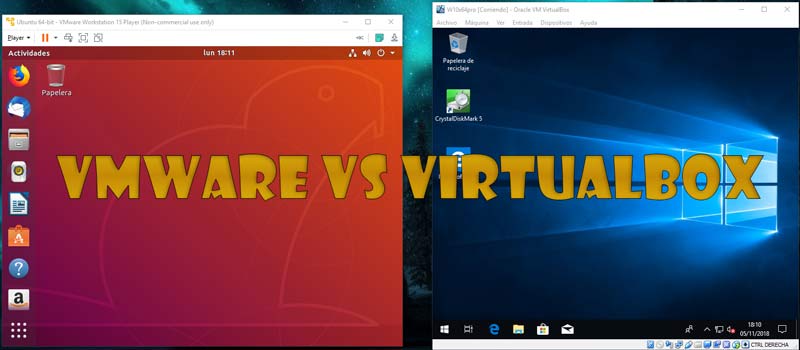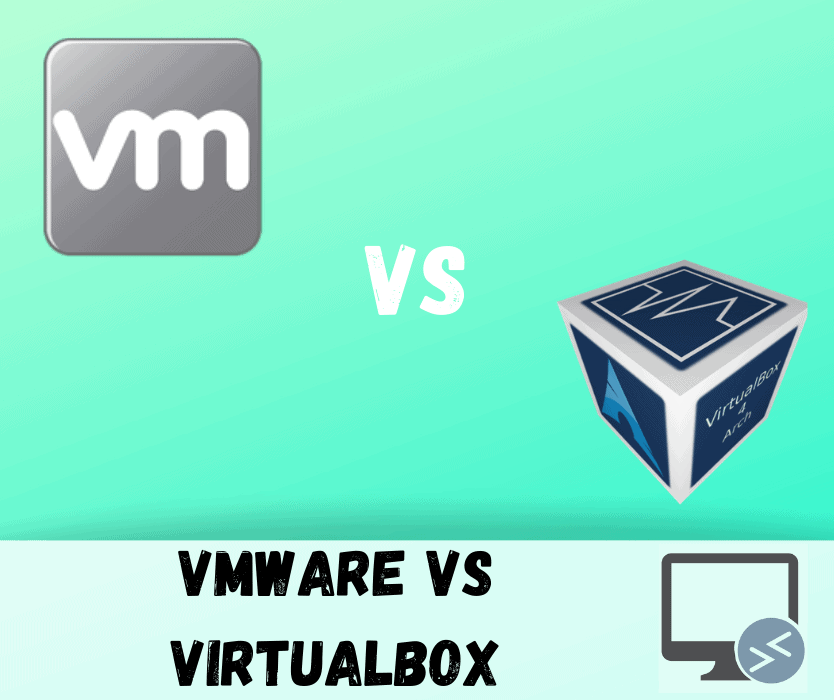


VDMK (the problem of working with images, having another extension, is solved via external converter, which performs their import) The analogue is capable to work with only one of them. the support of wide spectrum of disks images formats – in addition to native.The alternative product has not such a feature embedded the availability in VirtualBox of exclusive “teleport” technology, due to which the run VM can be transferred on another host without preliminary cease of its operation.the support of the most number of operational systems – this virtual machine works in Windows, Linux, Mac OS X and Solaris, whereas VMWare Workstation supports only two first systems from the list.Now a few words about the advantages of VirtualBox over VMWare: the chance to copy the files from host to guest VM and vice versa.in both VM variants the support of multi-CPU configurations is implemented.the possibility of sound playing from VM on the host equipment.the operability with 64-bit guest platforms.the operations with multitude of guest Oss, including the possibility to work with Windows or Linux as with the guest system.VM-disks, which are capable to increase in size in the process of data aggregation.the comfort of network interaction editor usage.Here is what is common among these two utilities, and what is measured as equal possibilities: As far as VMWare is a closed-source program complex which is distributed for the price of nearly 200 dollars and above, VirtualBox is shared based on the open-source GPL license, so that the users can adopt its functionality due to their needs and preferences. In this article I’m going to tell precisely about the differences and advantages of each of them, and why are they so popular.įirst thing that should be mentioned in this comparison review, is the distribution model of both products.

Among the assortment of virtual machines, accessible on the software market, two products are distinctive due to its quality and number of available features: VMWare and VirtualBox.


 0 kommentar(er)
0 kommentar(er)
